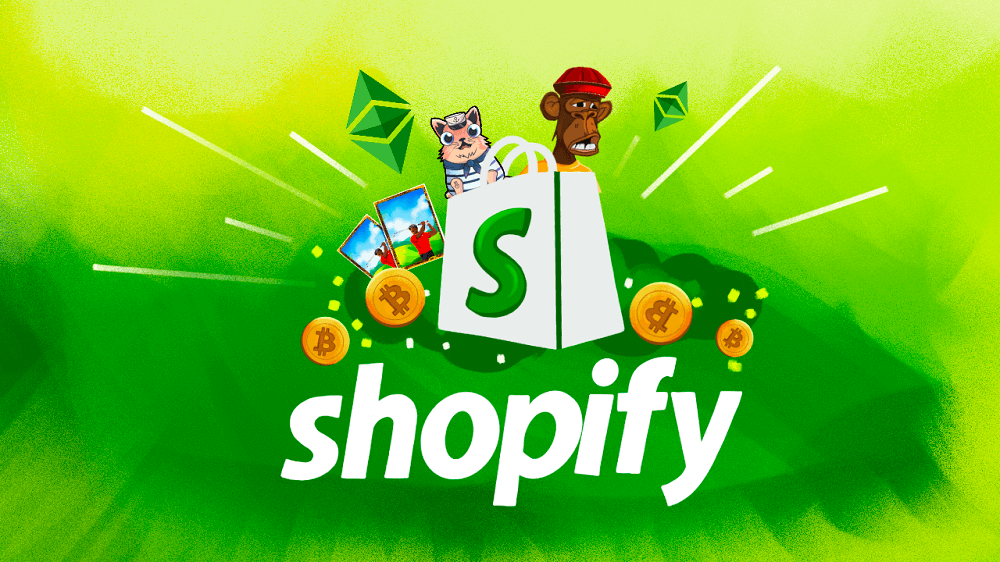What Is The Metaverse?
The answer to this question depends on whom you ask, but the definition I use when talking to major brands is “The metaverse includes any digital experience on the internet that is present, immersive, three-dimensional (3D) through emerging technologies.” Most commonly, those technologies involve augmented or virtual reality video. The metaverse is a broad term used to describe a virtual-reality space in which users can interact with a computer-generated environment and other users. Visions of the metaverse differ but most agree it will combine the best elements of e-commerce, social commerce, and blockchain technology to power new communities of shoppers.
As technology advances, economists know it’s going to be big. Bloomberg Intelligence analysts predict that it may be an $800 billion market opportunity. With the heightened focus on digital communications and e-commerce during the past two years, this doesn’t come as a surprise and in many ways, we are already experiencing the metaverse through virtual work, zoom meetings, remote team building, and more.
There’s endless scope for the imagination with the metaverse concept which is why big brands such as Meta are pumping 10 billion dollars into the space building their horizon worlds. Merging the interactivity of social media with a surprisingly personal connection in virtual reality.
You’ll find Snoop in The Sandbox, where you can private parties with Snoop, unique music experiences, and NFTs, L’Oreal, and NYX making a diversity push through a unique set of avatar and item offerings, to Time partnering to build a virtual Times Square.
Head over to Decentraland you can find Sotheby’s auction house, a virtual version of Samsung’s brand experience, the first metaverse fashion week, and so many more
There’s no doubt about it — the metaverse is the next significant shift in the digital world and for most brands, it feels akin to entering the wild west. Fortunately, there are some key steps brands can take to enter into the metaverse and not get left behind.
1. Identify who the audience is, and how you want to interact?
Is your audience in the metaverse? What platform are they on? Would your customers join a metaverse simply because you are in it? These questions form the foundation of any next steps you take with regard to your brand in the metaverse. Just as important what type of experience do you want to create? Common brand approaches to the metaverse involve adventure/fantasy storytelling, high-tech futuristic interactions, or exclusivity. There is no one size fits all answers to these questions but it is key to map out these answers before continuing to the next step.
2. Work with experts in the space for advice and consumer feedback
Unless your brand can afford to hire an entire metaverse development team for millions to billions of dollars do not try to do this alone. There are many fantastic metaverse experts, dev agencies, and brand marketing agencies that specialize in creating unique brand-specific experiences for your consumers. The best ones will work with a breakaway group of your customers and brand team to build and execute a truly unique experience. Key questions to ask in these stages, What metaverse? How will consumers interact? What education do we need to provide to our consumers? Are we prepared to moderate this new channel? What continued efforts do we need to keep the metaverse experience fresh and exciting?
3. Start Yesterday
The metaverse is here to stay and as the saying goes “the best way to learn about something is to do it”. Start with a character in a metaverse, go walk through the Samsung experience, or check out Spotify Island in Roblox etc. See from the consumer perspective what the metaverse is like. Then with this knowledge in hand start to build small activations right away to see what lessons can be learned as you prepare for a large-scale entry into the space.
4. Find a web3/metaverse brand partner
Just as was the case with the e-commerce boom, the metaverse has an ecosystem being led by unique agencies, developers, and tech partners. It is one with hundreds of conferences worldwide focused solely on this exact problem. If you try to do the entire process in-house I assure you that your brand will miss out on amazing partnerships, technologies, and opportunities. Be it an amazing NFT project that could introduce thousands of new customers to your brand, an earn-to-play blockchain game that could perfectly pair with your consumer, or simply missout out on one of the hundreds of new tech companies building the foundation of the metaverse. The best advice I can give is don’t go it alone.
5. Focus on the experience/ecosystem before revenue
Learn the hard lessons from others, the most important part of the metaverse is user experience and community. Unfortunately, many brands such as Pokemon rushed to cash in on the hype and instead found themselves turned into a laughing stock. Other brands experienced either massive security flaws putting their customers at risk, or simply fell victim to the trolling nature of the internet with interactive art galleries or buildable statues, etc. Simply put everything you do in the metaverse should be approached with the consumer in mind and experience above all else.
Wrapping it up:
With the metaverse growing every day all brands should be approaching this like the social media wave of the 2010s and building their brand strategy around the future of e-commerce and consumer experience something commonly coined i-commerce (interactive commerce). Ultimately the metaverse represents a new and unique ecosystem for brands to interact with their existing consumers and tap into an entirely new audience.



